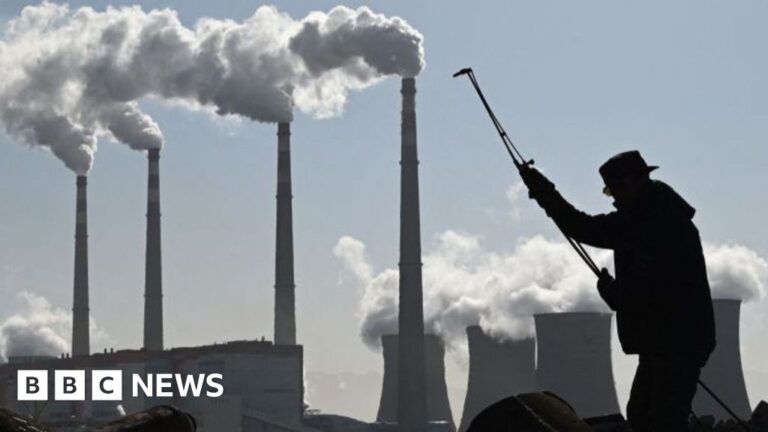Here is the plain text result:
The government says it will dispose of its 140 tonnes of radioactive plutonium – currently stored at a secure facility at Sellafield in Cumbria. The UK has the world’s largest stockpile of the hazardous material, which is a product of nuclear fuel reprocessing.
The government has decided it will not be reused and instead wants to put it “beyond reach” and made ready for permanent disposal deep underground. Storage of this highly radioactive material is expensive and difficult, because radiation damages the containers it’s kept in. And it’s guarded by armed police. All that costs the taxpayer over £70m per year.
The government has chosen to “immobilise” its entire plutonium stockpile. That means a facility will be built at Sellafield where the plutonium can be converted into a stable, rock-like material, which can eventually be disposed of deep underground.
In a statement, energy minister Michael Shanks said the objective was “to put this material beyond reach, into a form which both reduces the long-term safety and security burden during storage and ensures it is suitable for disposal”.
Nuclear materials scientist Dr. Lewis Blackburn from the University of Sheffield said the plutonium would be “converted into a ceramic material” which, while still radioactive, is solid and stable, so it is deemed safe to dispose of.
A scientist demonstrates how nuclear waste can be ‘baked’ into solid materials like ceramic by making ceramic in a laboratory.
Nuclear waste expert Prof. Claire Corkhill from the University of Bristol said the government’s decision was a “positive step”. She told BBC News it paved the way to removing the cost and hazard of storing plutonium at Sellafield “by transforming it and locking it away into a solid, durable material that will last for millions of years in a geological disposal facility”.
Source link




